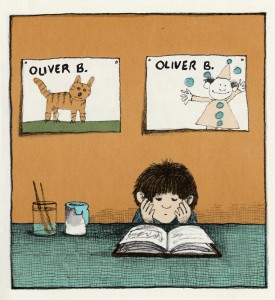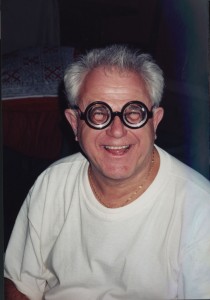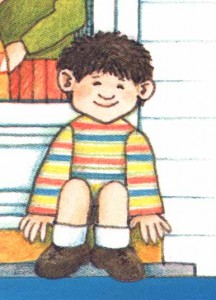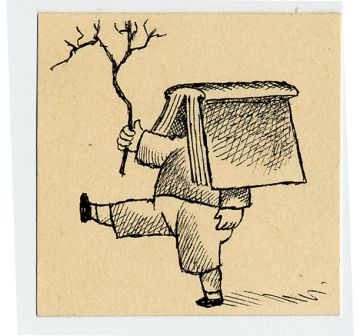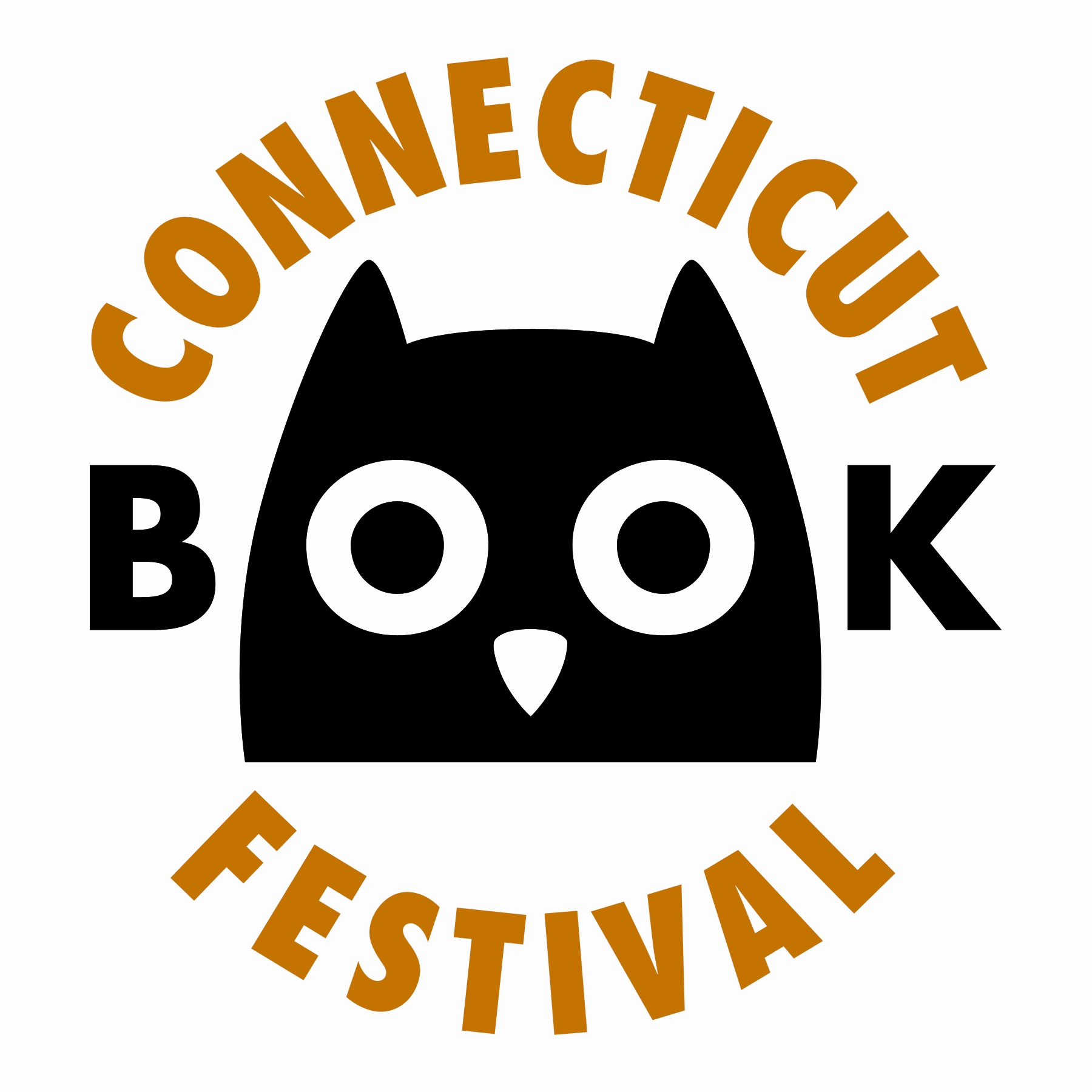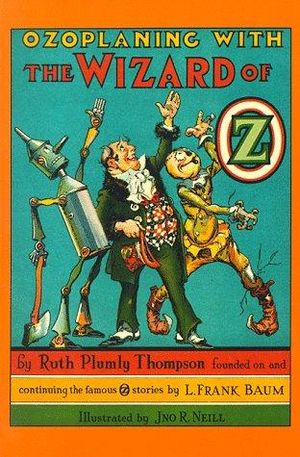For almost two years, I have been blessed with the incredible opportunity to work under Terri Goldich, the curator for the Northeast Children’s Literature Collection located in the Thomas J. Dodd Research Center. That’s right– not only do I get to work hands-on with sketches, dummies, and correspondence from children’s authors and illustrators but I also get paid for it! My most interesting assignment, by far, has been performing the box inventory and description for the Mo Willems Papers. Hailing from New Orleans and a graduate of NYU’s Tisch School of the Arts, Mo Willems is a wildly successful children’s author, illustrator, animator, and Caldecott Medal recipient. With animation credits that include Sesame Street, shows on both Nickelodeon and Cartoon Network, plus the popular Pigeon book series, it is hard to believe that Mo Willems has entire boxes within his collection here dedicated to failed pitches. Why did some of Mo’s seemingly most fun and interesting ideas get rejected by editors and animation networks? But, alas, there must be reasons why some artists’ creative ideas never quite come to life and I set out to investigate those reasons.
The possible answer to my question lies within an overcrowded box deep within the shadows of the stacks (let me just note that, as a library assistant, the storage technique authors often use of stuffing every document they’ve ever owned into boxes that won’t hold all of them is both irritating and humorous). After I managed to yank the folder entitled “Failed Pitches” out of one of Mo’s boxes, I came across an interesting set of sketches and animation designs that were clearly from the beginning stages of an animated T.V. show. The show in question, “Timmy Trapped on Mars” was an idea that Mo pitched in 1998. The plot is essentially this: while on a walk through his suburban neighborhood, Timmy and his pet goldfish are abducted by a passing UFO. When taken to Mars, the aliens there identify Timmy’s fish Cleveland as a superior being. Cleveland soon is out to get Timmy for drowning him and feeding him nasty flakes daily while on planet Earth. Timmy’s only new friend, Bubba, is his guide while he is trapped on Mars.
Artwork and animation: Willems, Mo. “Timmy Trapped on Mars”. May 1998. Mo Willems Papers, Box #4, “Failed Pitches”. Archives and Special Collections at the Thomas J. Dodd Research Center. All rights reserved. No reproduction of any kind allowed.
When I went through Mo’s notes that accompanied his artwork, I soon saw how he tried to identify possible aspects of the animated show that might not have “worked” with networks. It seems that in order to get the green light on this T.V. show, Mo would have had to find a way to have Timmy act as an active protagonist instead of a sad main character constantly “pining” for planet Earth. He would also need to find a way to make the main dynamic of Cleveland vs. Timmy interesting and turn their relationship into one that is more complicated and complex. In his notes, Mo mentioned that he wanted to explore the role reversal with the fish as the ruler and the boy as a pet. This is where I think things could have gotten complicated and potentially unattractive to television networks. Mo Willems is known for his dark, satirical work where he satirizes adult authority and rules, something that definitely works in projects like the Pigeon books. However, the idea of role reversal here and challenging rules might not have gone over well with T.V. producers. The outer space setting also brings attention to another topic wrought with tension, that being the environment. By going to outer space and switching things up, Timmy’s situation makes me think, at least as an adult, that perhaps we earthlings are the ones who have things backwards. All of this might have been viewed as too political for an animated show for children or, maybe, producers just thought the plot had no lasting power. Maybe there were too many animated shows in 1998 about outer space or goldfish; it could have been absolutely anything. What do you think?


